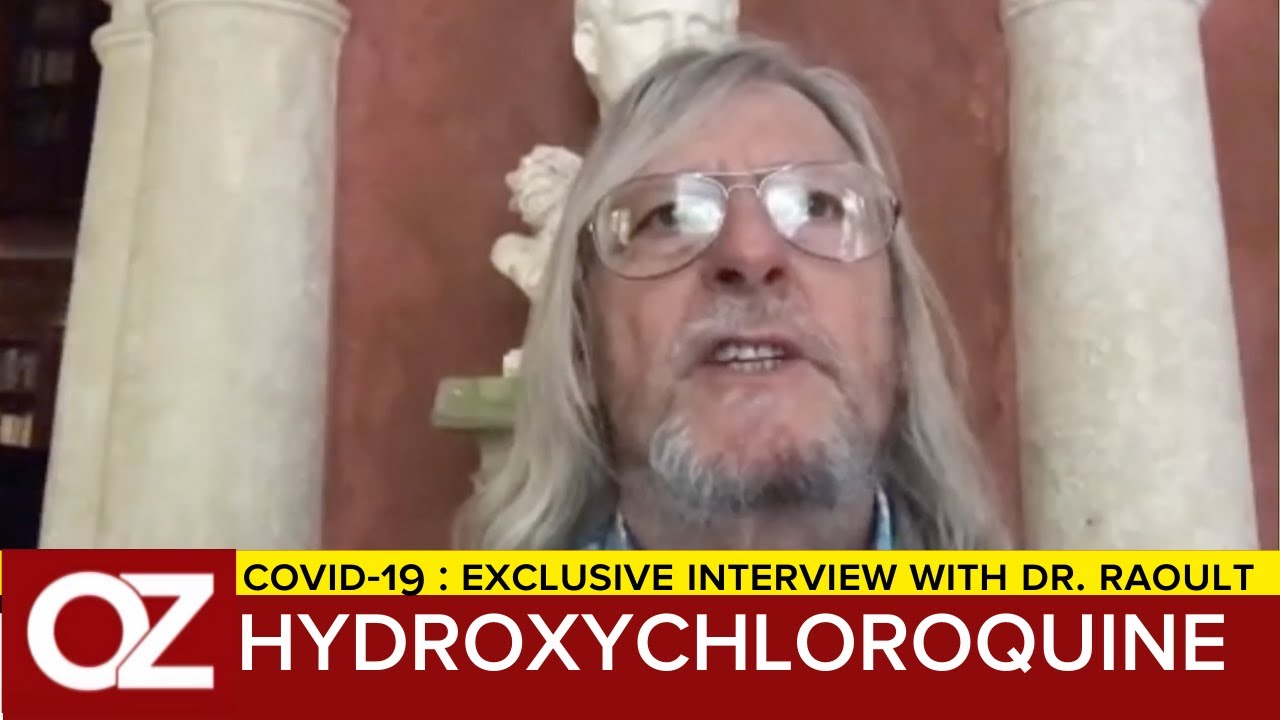You’re right PP, what studies were excluded, and when did the treatment start - these are key questions, and they are also related - because in the end, only one study survived to the final count that was not hospitalized patients!
The main study by the Raoult group (Million et al) and Zelenko’s results with the Zelenko protocol (later incorporated into the Scholz et al study) played key roles in shaping world reaction to early HCQ treatment, not to mention in seemingly treating large numbers of patients, with great success.
But neither are included in the final tally of Fiolet, which produces these eye-catching final numbers on which conclusions depend.
Zelenko/Scholz is not considered at all , and the Million/Raoult study drops off in the controlled basket-shaking (otherwise known as meta-analysis).
Lets see what happened to them.
Zelenko’s data probably didn’t make the cut because of the requirement for confirmed Covid-19 diagnosis. This seems reasonable - but it’s essential to keep your eye on the ball for later, when people make pronouncements about the picture forgetting what was left out.
If you watch the Zelenko video you will see that in his protocol the patient was treated right away. He explains (my emphasis):
" Extremely important - based on clinical suspicion, Treated within 1st 5 days of symptoms…I noticed most patients come day 4 or 5. They wait a day or 2 to see, then wait to see a Dr.
On about 6 the viral load explodes.
The testing took 3 days to get back. By then the infections is worse. Not a reason not to treat.
1/3 of negative tests are wrong. Took clinical decision."
Hence, early treatment is necessary according to Zelenko who spelled out the reasons why diagnosis might be the wrong route.
This raises an additional doubt about the meta-analysis. It essentially throws together three disease states 1) the early stages of a viral infection, 2) cytokine storms 3) pneumonia, acute respiratory failure, etc, as if they were one disease.
Imagine they gave everyone the corticosteroid dexamethasone even mild suffrerers, then analyzed it all as one disease
Zelenko and co can hardly be pleased to see that a meta-analysis comes along and starts counting studies that only intervened ‘after the viral load has exploded’ - thereby stepping over his evidence at the outset - and then claims to be the final word on his drug combination.
The Raoult study (Million et al) was excluded due to ‘critical risk of bias’. This seems to stem from the notion that in comparing overall effects of a treatment in a controlled trial, one should take into account any main health differences between the treatment and control populations, and adjust the calculated final treatment effect accordingly. Not to do this might indeed suggest ‘bias’.
Again, this may sound reasonable - but Million/Raoult was not a controlled trial. They retrospectively noted that the mortality rate from their HCQ+AZ treatment was less than 1%. This was when the virus in the early stages of the pandemic was on the up and up; the case fatality rate in the rest of France (not using HCQ), was running at over 10% - as it was and is in the UK, Spain and Italy. So although the reported results were impressive, there was no ‘effect size’ to adjust. Indeed Fiolet say they dealt with this situation when it occurred in three studies:
“When studies did not report an effect size for mortality risk [17,23,24],we used the number of deaths per group to calculate an unadjusted relative risk using metabin function in meta package in R Software [25]”,
ie they initially processed the studies. The issue with the Million/Raoult therefore does not seem to be ‘bias’ but the rules by which bias was determined, which ruled out the study by default. And indeed, the rules of the meta-analysis also drew a line through the Scholz/Zelenko data.
These rules might be justifiable in isolation, but then you need to be awfully careful afterwards about the range of applicability of your conclusion. One would expect ‘academia’ to know that… 






